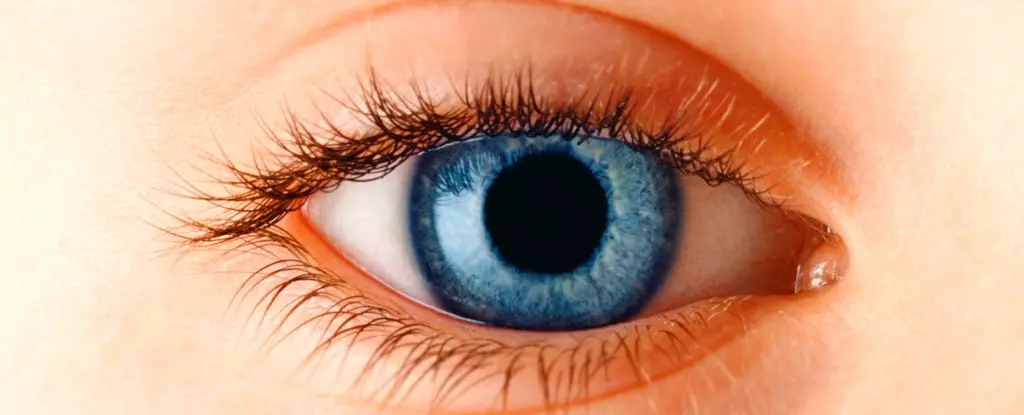Myopia, commonly referred to as nearsightedness or shortsightedness, is increasingly becoming a global health concern, particularly for children. Recent studies indicate that approximately 35% of children worldwide are affected by this refractive error, a figure that is projected to climb to 40% in the coming decades. As a result, it’s estimated that by 2050, over 740 million children will be living with myopia. The implications of this trend extend beyond discomfort or the inconvenience of blurry vision; untreated myopia can lead to severe, permanent eye conditions.
Diagnosing and managing myopia early on is crucial for maintaining lifelong eye health. This condition arises when the eyeball grows longer than normal, causing light to focus inadequately on the retina, which results in blurred vision for distant objects. The health of our children’s eyes is inextricably tied to how we understand and respond to this rising epidemic.
The development of myopia is a complex interplay between genetic predisposition and environmental factors. The findings of a comprehensive study, which analyzed data from 276 research articles involving over 5.4 million participants aged between 5 and 19 years, highlighted an alarming trend: around one in three children globally are currently dealing with myopia, with adolescents exhibiting even higher incidence rates. This comprehensive review spans six continents and reveals that the implications of increased screen time and reduced outdoor activities are more significant than previously thought.
While genetic factors play a significant role—children with parents who have myopia are more likely to develop the condition—environmental influences, particularly the proliferation of screen use, contribute to this evolving scenario. As screens have become smaller and more integral to daily life, children tend to hold devices closer, which promotes excessive near-vision tasks linked to an escalation in myopia cases.
The relationship between screen time and myopia development is a crucial aspect of the current epidemic. With children often spending more time on screens and less in outdoor environments, research suggests a potential correlation between the two. Encouraging children to spend just one or two additional hours outside each day may significantly mitigate the likelihood of developing myopia, a finding that points to the complex potential benefits of natural light exposure and physical activity.
The connection to sunlight exposure may hinge on dopamine release, a neurotransmitter that appears to play a role in regulating eye growth and refractive development. However, coupled with existing myopia, increased outdoor time may have limited effects on its progression. This highlights an urgent need for multifaceted strategies in myopia management, rather than relying solely on reducing screen time.
As research into myopia control progresses, various treatment options are emerging alongside traditional corrective lenses. Among these, orthokeratology (or “ortho-K”) employs specialized hard contact lenses worn overnight to reshape the cornea temporarily, allowing for improved vision during the day without the need for lenses. This non-invasive method is appealing, although it necessitates proper hygiene practices to prevent infections.
In addition to ortho-K, atropine eye drops have gained attention for their effectiveness in slowing down myopia’s progression. Administering these drops is relatively straightforward, and they come without the risk of complications associated with contact lenses, making them an attractive option for concerned parents.
Nevertheless, the most crucial aspect remains early detection and management of myopia. Uncorrected vision problems can hinder a child’s educational experiences, impeding their ability to engage with learning materials. Symptoms such as squinting, eye fatigue, or the tendency to bring objects closer should prompt an eye examination.
Routine eye examinations represent the cornerstone of proactive myopia management, enabling early diagnosis and tailored treatment plans. Recognizing that every child’s vision needs are unique, optometrists can offer personalized strategies to monitor eye health and implement effective interventions.
As the prevalence of myopia in children continues to escalate, it becomes imperative for parents, educators, and healthcare professionals to prioritize eye health. By understanding the causes and solutions available, we can work collectively to mitigate this public health challenge and secure a brighter future for our children’s vision. Comprehensive awareness, timely intervention, and encouraging outdoor time will play vital roles in addressing this growing concern.

